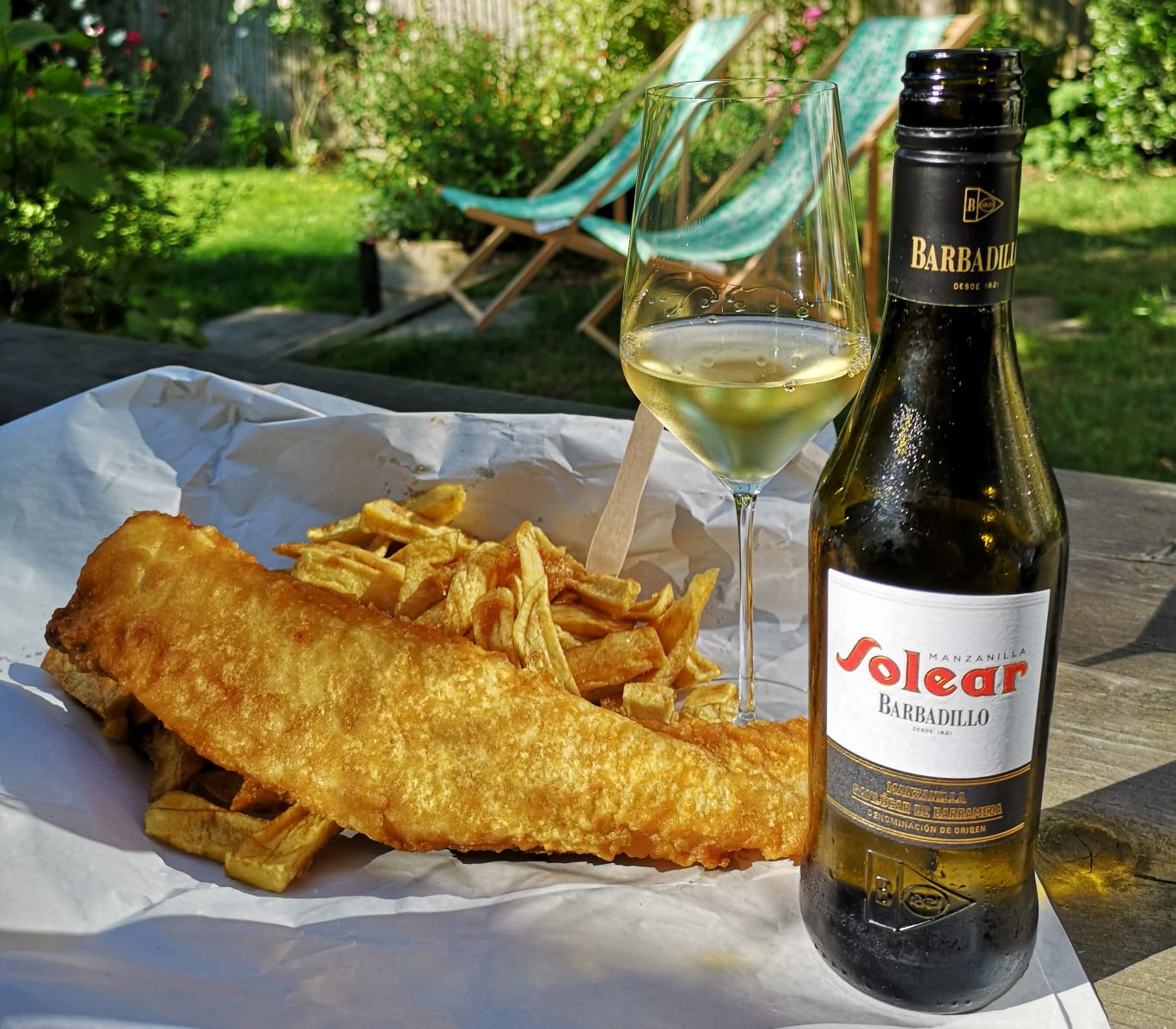This week on talkRADIO, we are continuing the Iberian theme for the summer as most of us can’t get out to Spain or Portugal. I’ve gone for three wines in very different styles that you may have heard of, but not be sure what they are. We have a white, a red and a dry sherry. Yes! It’s time to taste that again.
ILUSIONISTA, Verdejo, Rueda, Spain.
Rueda is another Spanish wine region that favours white wine, and these whites are made with a grape called Verdejo. If you like a more tropical style of Sauvignon Blanc, you will love this. It’s aromatic, zesty and limey with notes of smoky passion fruit and guava. There’s a creaminess here too that makes it a great food pairing wine and as you’d expect, it loves Spanish cuisine. Try it with seafood, white meat, carpaccios, sushi and semi-cured cheeses.
Find it for £11.15 from Vinissimus here.
Tio Pepe Fino Sherry, Jerez, Spain.
Don’t run away! This is not the sweet stuff your nan drinks. Sherry is one of the most misunderstood wines in the whole world. I think it’s because the word itself sounds sweet! The truth is, classic, ‘proper’ sherry is dry. Bone dry. If you’re into salted almonds, twiglets and salty umami goodness, then you should give it a try, chilled in a small glass. It’s incredibly moreish and fantastic with salty snacks. Fino is made with a grape called Palomino fino, hence the name. It’s made as normal dry white wine, then fortified with grape spirit to around 15% and aged in barrels under a type of yeast bloom called ‘flor’. You could also switch thing up and try it in a ‘Tiojito’ instead of rum. So refreshing! Here’s more on Fino and the other style of Sherry here.
Find it for £10 from Sainsbury’s here and many other stores
Extra Special Douro Red, Portugal.
In the past when we thought about red wine from Portugal, it was all about Port: a fortified red. Nowadays however, Portugal is producing some fantastic DRY red wines that are totally unique to the country and provide fantastic value for money as they are less famous than others. The main red wine grape used to make quality red Port is Touriga Nacional and the Douro wine region is king for this. It often forms the backbone of the red wine blends (they’re usually always blended), with the rest being made up by several local red wine grapes. Always big and bold, think blackberry, prune, blackcurrant and cinnamon spice. Open it up early to give it some air and it would love some grilled meat or even dark chocolate.
Find it on offer for £4.88 (down from £6.50) at Asda here.




